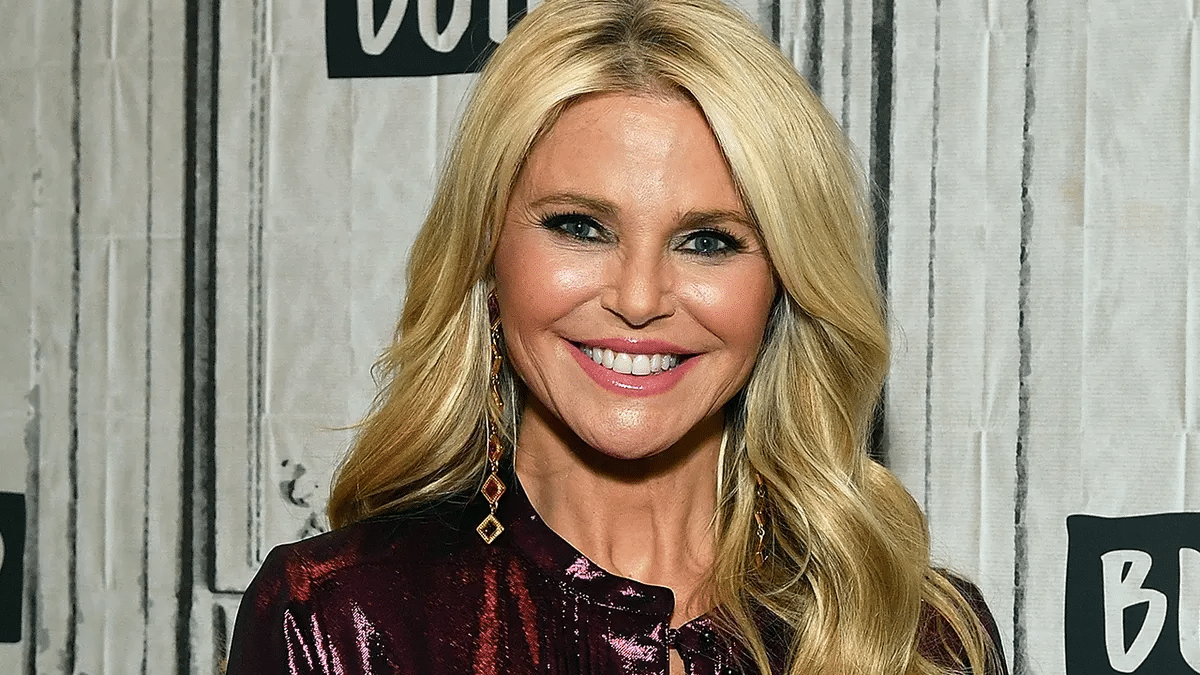Introduction
Daisy melanin country of origin is a trending search phrase for good reason. As more people seek to understand the science behind skin tone, beauty standards, and the evolution of melanin, exploring the roots of “daisy melanin” offers both educational and practical value. Whether you’re a student, dermatologist, or curious reader, knowing the country of origin and the scientific context behind daisy melanin helps debunk common myths, clarify the role of genetics, and highlight global cultural perspectives. In this guide, we’ll explore the fascinating journey of daisy melanin, from its biological origins to its cultural impact.
Table of Contents
What is Daisy Melanin?
“Daisy melanin” refers to a distinctive type of melanin pigment associated with certain skin tones and cosmetic characteristics, often discussed in pop culture and trending online platforms. While not a formally recognized scientific term, “daisy melanin” has grown in popularity as influencers and beauty experts discuss melanin diversity and the quest for unique pigment types.
Melanin is a natural pigment produced by cells called melanocytes. It determines the color of skin, hair, and eyes in humans and is a key topic in dermatology, genetics, and anthropology. Daisy melanin is often referenced as an especially radiant, healthy form of melanin with roots in specific global regions.
Key Points:
- “Daisy melanin” is a trending term, not a formal scientific category.
- It highlights unique, radiant melanin expression tied to specific origins.

The Scientific Roots of Melanin
Melanin is a complex polymer derived from the amino acid tyrosine. There are three main types: eumelanin (brown-black), pheomelanin (yellow-red), and neuromelanin (brain pigment). The interplay of these pigments results in the diverse range of human skin tones.
The distribution and concentration of melanin are influenced by genetics, environmental factors (especially sun exposure), and evolutionary adaptation. Understanding the science behind melanin sheds light on why certain populations, regions, and even families exhibit unique pigment patterns like “daisy melanin.”
Key Points:
- Three primary types of melanin contribute to human coloration.
- Genetics and environment together shape melanin diversity.
Tracing the Country of Origin
When it comes to daisy melanin country of origin, curiosity spikes around which nations or ethnic groups are most commonly associated with this celebrated pigment. Research shows that high melanin expression is prevalent in populations from equatorial regions such as Sub-Saharan Africa, Southeast Asia, and parts of South America . However, the phrase “daisy melanin” is often linked in social media with countries like Nigeria, Ethiopia, and the Philippines, where unique skin tones are celebrated in fashion and pop culture.
Long-tail variations: daisy melanin origin in Africa, Southeast Asia melanin expression, melanin-rich countries.
It’s important to note that no single country can claim exclusive rights to “daisy melanin.” Human migration and genetic mixing have ensured melanin diversity exists worldwide, making the concept both inclusive and dynamic.
Key Points:
- High melanin expression is common in equatorial nations.
- No single country holds the exclusive “origin” of daisy melanin.
Cultural Myths and Realities
With popularity comes misinformation. The focus keyword often brings up urban myths about the superiority of one country’s melanin over another. Such claims are rooted in colorism, beauty standards, and sometimes even prejudice. In reality, the diversity of melanin types is a testament to human evolution and adaptation.
Social media influencers often celebrate “daisy melanin” by showcasing striking visuals from different regions, fueling both pride and occasional rivalry. It’s essential to rely on scientific facts and cultural respect rather than myths.
Internal Links:
- Explore more about melanin and global beauty standards
- Discover trending melanin-rich influencers
Key Points:
- Myths about melanin “superiority” often fuel colorism.
- Celebrate diversity, not division, in the melanin conversation.
Benefits & Challenges
The biological benefits of melanin are well-documented. Higher melanin levels provide natural protection against ultraviolet (UV) radiation, reducing the risk of skin cancers . This advantage is especially prominent in regions with intense sunlight.
However, challenges include societal colorism, limited representation in beauty industries, and health disparities in skin care research. The “daisy melanin” trend can be empowering but should avoid reinforcing negative stereotypes.
Internal Links:
- Learn about skincare tips for melanin-rich skin
- Understand common skin issues in melanin-rich populations
Key Points:
- Melanin offers natural UV protection.
- Societal and industry biases are ongoing challenges.
Global Influence & Modern Trends
Today, daisy melanin is at the center of beauty and fashion trends. Social media platforms like Instagram and TikTok have globalized the appreciation for melanin-rich skin, making “daisy melanin” a symbol of confidence and pride.
Major brands are now featuring models from diverse melanin backgrounds, recognizing the importance of representation. Celebrities and public figures, especially from Africa and Asia, continue to drive awareness, combating stereotypes and promoting inclusivity.
Internal Links:
- Check the latest melanin beauty campaigns
- Explore influencer marketing trends for melanin products
Key Points:
- Daisy melanin is celebrated in global beauty and fashion industries.
- Digital platforms help amplify melanin-positive voices.
FAQs
Q1: What does daisy melanin country of origin mean?
A: Daisy melanin country of origin refers to the global and scientific roots of a specific type of radiant melanin, often associated with regions like Africa and Southeast Asia, where melanin diversity is celebrated.
Q2: Is daisy melanin a real scientific term?
A: No, “daisy melanin” is a popular culture term, not officially recognized in scientific literature, but it highlights unique melanin expression and beauty trends.
Q3: Which countries are known for daisy melanin?
A: Countries in equatorial regions such as Nigeria, Ethiopia, and the Philippines are often referenced, but melanin diversity exists worldwide due to migration and genetic mixing.
Q4: What are the benefits of high melanin levels?
A: Higher melanin levels provide natural UV protection and may reduce the risk of skin cancer, making them beneficial in regions with intense sun exposure.
Q5: Can anyone have daisy melanin?
A: While certain regions have higher prevalence, anyone can express unique melanin traits, as genetics and environment both play a role.
People Also Ask
1. How did daisy melanin become a beauty trend?
Daisy melanin became a beauty trend through social media campaigns, influencer marketing, and the celebration of diverse skin tones in mainstream media. As conversations around colorism and inclusivity grew, the appreciation for different melanin expressions—especially radiant, healthy skin—gained popularity. This trend helped break down outdated beauty standards and encouraged self-love across communities .
2. Are there health risks linked to daisy melanin?
Generally, high melanin levels offer more skin protection. However, there are unique dermatological needs, such as higher risks for certain pigment disorders. Proper skincare and awareness of specific needs (like avoiding certain harsh skin treatments) are important for those with daisy melanin.
3. What is the difference between daisy melanin and regular melanin?
The term “daisy melanin” is a social media and pop culture label describing radiant melanin traits. Scientifically, all melanin types are similar, but individual genetic backgrounds create subtle differences in expression, leading to visible variations.
4. Does daisy melanin affect aging?
Melanin-rich skin tends to age more slowly, with fewer visible wrinkles and age spots due to natural UV protection. However, it can be prone to hyperpigmentation if not cared for properly.
5. Can skincare products boost daisy melanin?
No skincare product can change your genetic melanin type, but proper skincare (moisturizing, sun protection) can enhance the appearance of melanin-rich skin, making it look healthier and more radiant.
6. Is daisy melanin exclusive to certain countries?
No, daisy melanin is not exclusive to any country, although higher expressions are common in certain regions due to genetics and environment.
Conclusion
Understanding the daisy melanin country of origin offers insight into human biology, history, and culture. While social media may amplify trends and fuel myths, the true value lies in appreciating diversity, combating colorism, and celebrating global beauty. Whether you’re researching skin science, exploring fashion trends, or simply curious, remember that melanin’s journey is both unique and universal.




2 thoughts on “Daisy Melanin Country of Origin: 7 Truths, Benefits & Myths Exposed”